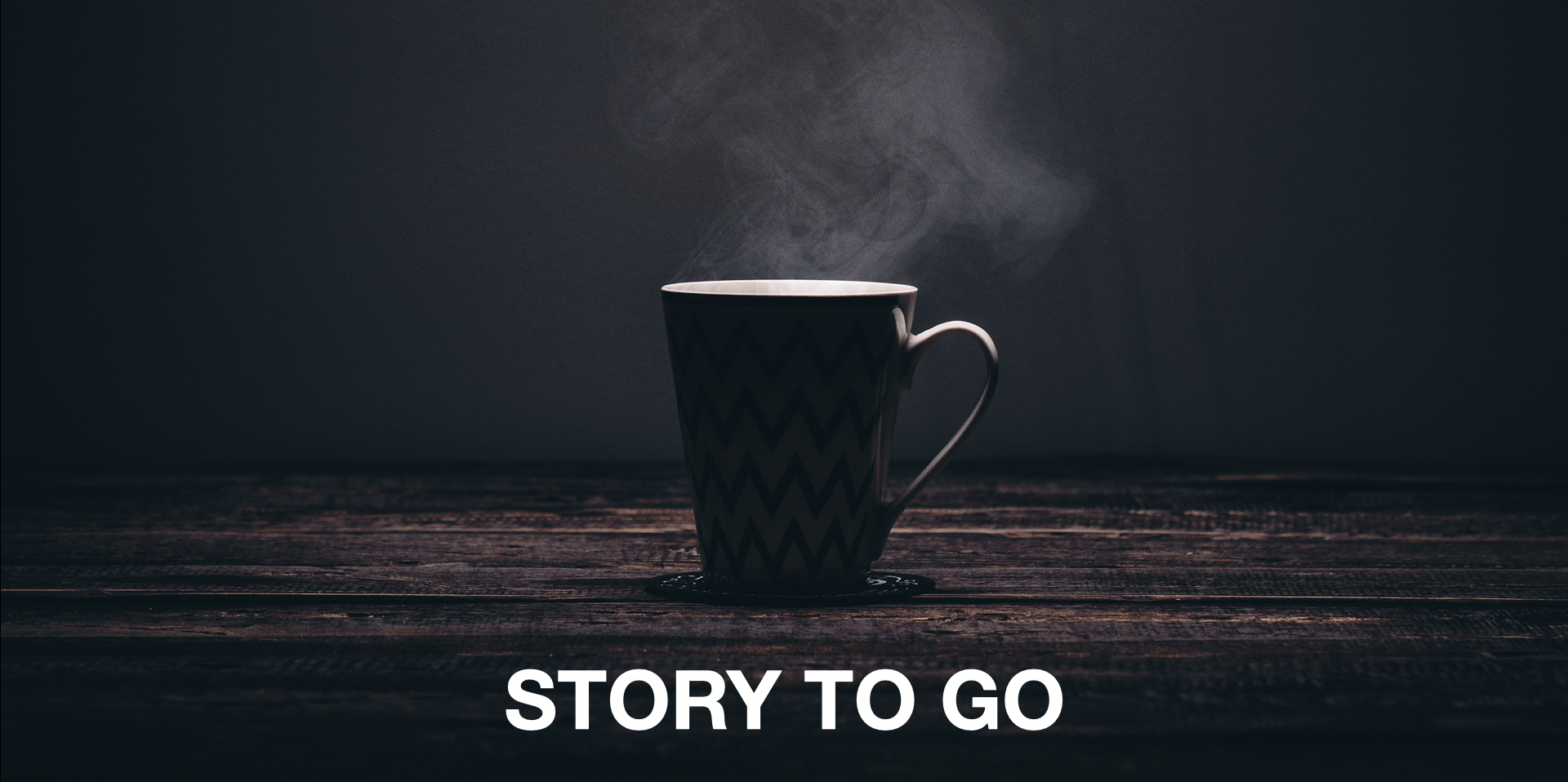The power of storytelling and 4 ingredients to be(come) a story creator.

The story of coffee
Long time a go, around 850 BC an Arab goatheader named Kaldi noticed how his goats acted strangely. When he looked what caused it, he saw they were eating certain berries. Intrigued by it, he tried them himself and was excited by the effect it had on him
It didn’t take the Arabs long to figure out how to dry and boil the berries in what they called “qahwa a shortening of qahwa al-bun ‘wine of the bean’.”
After that the Turkish used this brew as well and with them it travelled to the French who give the brew the name “cafe” and from there it was picked up by the Dutch who named it koffie and were responsible for making it enter the English language as “coffee”.
From now on chances are, you’ll remember this story when you drink coffee and probably tell it is well.
Stories made humanity
Storytelling is as old as human civilization itself. It likely began with early humans sharing their experiences, knowledge, and wisdom through oral traditions, passing down stories from generation to generation. These stories served various purposes, such as educating others about survival skills, explaining natural phenomena, preserving cultural heritage, and entertaining communities.

Our addicted to stories
Why are we humans so addicted to stories? And how come they are so powerful. Think of the Bible or Koran, or the stories of Buddha. Or Harry Potter, Lord of the rings. These aren’t just stories, these are ‘religions’ (religions meant ‘that what binds’ from the Latin religio(n-)). So what is it? Well, let me highlight some reasons, first of all:
We grew up with stories
One of the reasons we like stories is we grew up with the. When we were children, lots of stories have been told to us. And boy did we like to listen to them! And as it is part of our childhood, it is also programmed deeply in our brain and we probably get an instant good feeling when we hear somebody tell a story.
Good stories create images
Storytelling is very graphical and that sticks; good storytelling creates images in our minds when we listen to them. That way you don’t have to process the words, you just look at the images as the story continues. That’s the power of paintings as well, they tell a story without words, so we can absorb it, without thinking.
Reverse engineering of a story
Actually, doing the reverse, is telling a story. Think of an image or scene and describe what you see. That’s a good way to tell stories, and it is amazing how the show in your brain works: If someone tells us about how delicious certain foods were and our sensory cortex lights up. If it’s about motion, our motor cortex gets active. Scientists found that the brain sees no difference between thinking about it or actually experiencing it. The same parts of the brain light up! Just imagine what a story can do.
Stories invest in the listener
Telling stories also means putting effort into it as a proof you want to make the other understand (it’s investing in the listener). That is the most pure form of engagement. The true meaning of engagement is occupy, attract, or involve (someone’s interest or attention) or engage someone in (cause someone to become involved in a conversation or discussion). But there’s more, whenever we hear a story, we look for relations to one of our existing experiences. That way we can much quicker understand a story. At the same time the brain of the teller and the listener synchronize, becoming a bit as one…
The power of metaphors
That’s why metaphors work so well with us. While we are busy searching for a similar experience in our brains, we activate a part called insula, which helps us relate to that same experience of pain, joy, disgust or else. Besides, it makes it easier to understand, no effort’s necessary, no decoding.
Telling stories, instead of giving solutions, works so well because of this. The relating to stories and the synchronization of brains, makes that telling the context of an idea as a story makes that the listener is creating the idea himself as part of her of his own experience (leave your ego at home and don’t try to claim the idea).
Three steps in creating a story
Now I hear some people say: “I am not good at it, I cannot tell stories” but don’t worry, Yes you can. Anyone can. Try to imagine the idea, the point, the scene, the thing you want to make as a destination. Go back to where you are/stand and tell the story as the road to that destination. OK, 3 bullet points, but told as a story. A good way to become a storyteller is by:

Inspiration for stories (and creativity):
First: Be curiosity. Ask questions, learn, read and listen more, watch documentaries, series and movies, listen to the lyrics of music, open your eyes and look around (you get the idea).
Second: Experience stories, listen to them, be open for new and weird ones
Third: Think in images and feelings
Fourth: Learn to tell a good story and that’s by doing, observing the listener. Hear with your third eye, see with your third eye en feel with all your senses. You know when it resonates.
And remember: “Don’t be the traveler but focus on your listener being a passenger”.
